Tired of a garden that looks plain and lacks personality? If your veggie patch feels a bit lifeless, adding flowers might be the colorful, fragrant fix you need. But these blooms don’t just sit around looking pretty; they also work hard behind the scenes.
Many flowering plants naturally repel pests, attract pollinators, and even improve your soil. That means fewer aphids, more bees, and stronger, healthier crops. It’s like giving your garden its own built-in care team, dressed in petals.
So why not add some beauty with benefits? These 10 flowers are easy to grow, absolutely gorgeous, and secretly powerful. Give them a spot in your garden, and you’ll notice a whole new energy taking root.
#1 Nasturtium
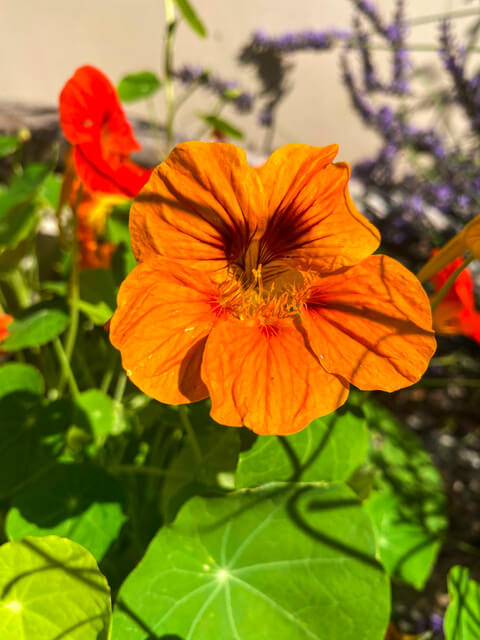 Source: Mpseeds
Source: Mpseeds
Nasturtium has vibrant edible flowers and gives off a strong odor, which helps repel pest insects.
Nasturtium plants grow in rich, black soil and help retain water for taller vegetables like tomatoes, and also add nutrients when they die back after providing shade.
#2 Sunflowers
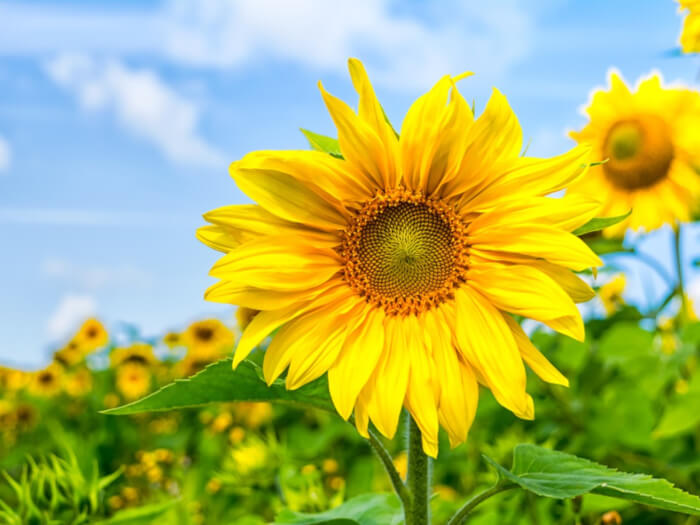 Source: Gardeningknowhow
Source: Gardeningknowhow
These sunny giants don’t just turn heads, they turn your whole garden into a pollinator paradise. Their broad faces draw in bees and butterflies, while the towering stalks offer shade to heat-sensitive crops.
Plant them along garden edges where they can soak up full sun. Use their height strategically to protect more delicate plants. And once they bloom, leave the seeds for birds or save them for next season.
#3 German Chamomile
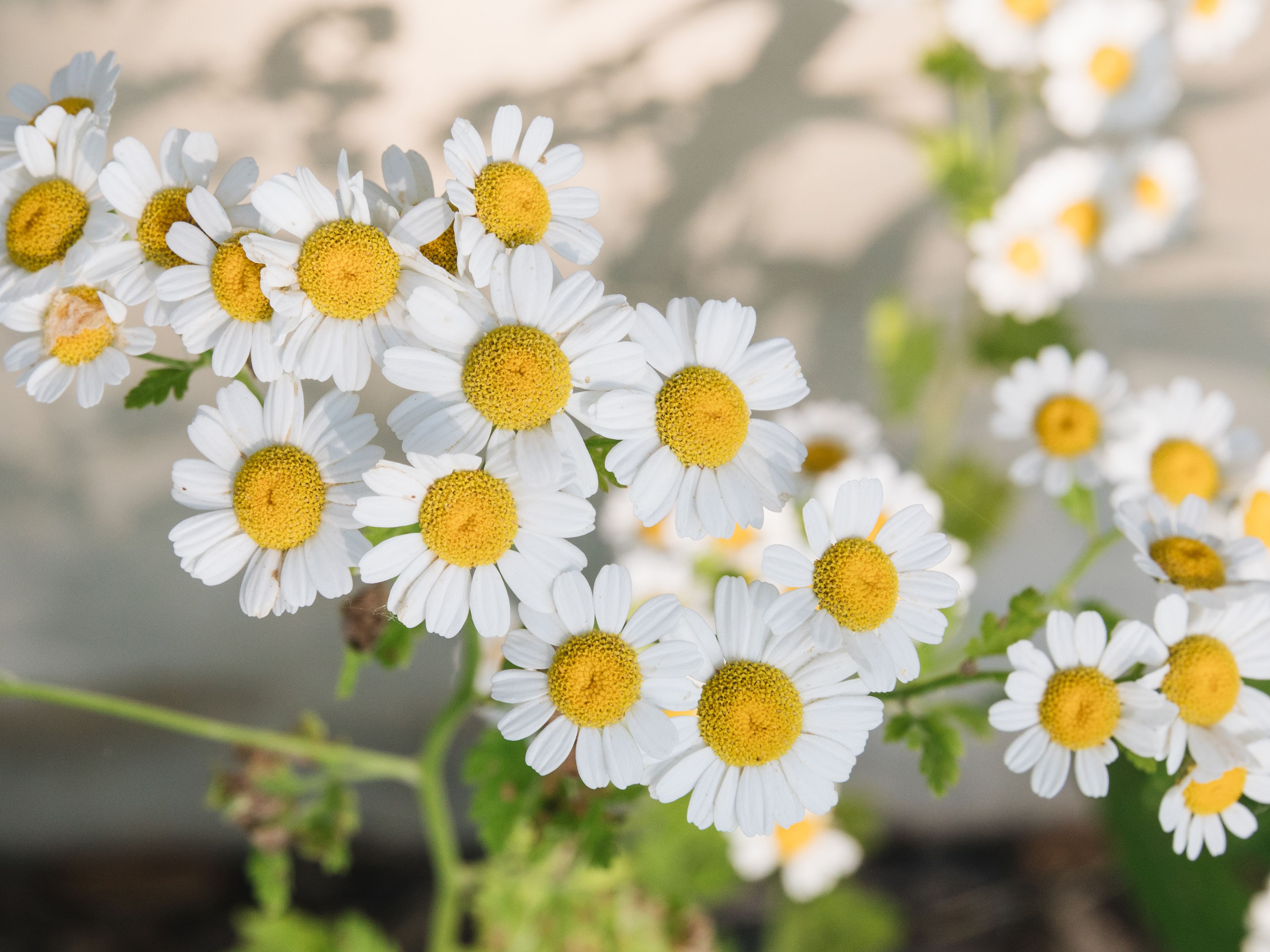 Source: Thespruce
Source: Thespruce
German Chamomile attracts beneficial insects and pollinators while also improving drainage.
Also, it’s been known to hold water well in dry weather because of its deep roots that can help pull nutrients from the soil so your plants have what they need!
You can plant it a border or allow it to grow between rows will make this herb more effective at drawing beneficial insects and pollinators near.
#4 Comfrey
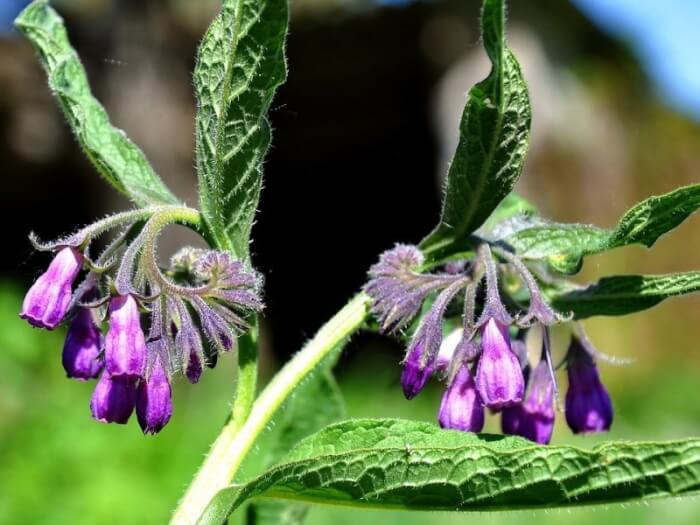 Source: Plantlexicon
Source: Plantlexicon
Comfrey’s lush, leafy look makes it feel like a garden powerhouse, and it is. Not only do its roots dig deep to pull up nutrients, but its leaves can be turned into rich liquid fertilizer.
Snip leaves regularly and steep them in water to feed other plants. Comfrey grows fast in sunny or partly shaded spots and needs only occasional watering. It also works well near compost bins to boost breakdown speed.
#5 Lavender
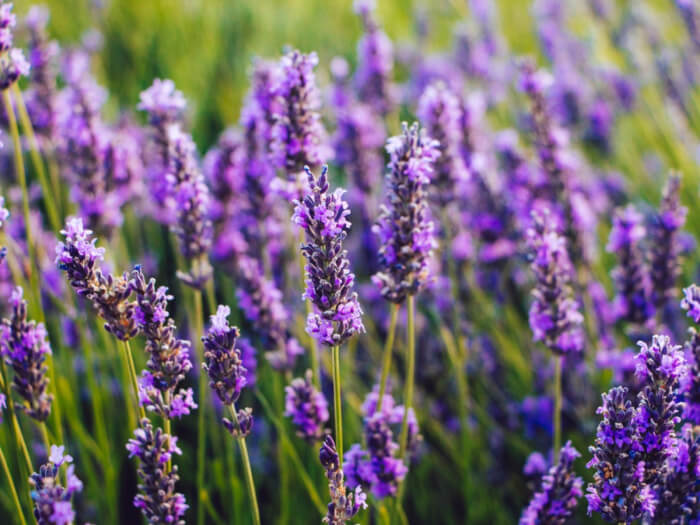 Source: Gardeningknowhow
Source: Gardeningknowhow
There’s nothing quite like brushing against lavender and catching its soothing scent. This fragrant herb draws in bees and butterflies while gently discouraging pests with its aroma.
Grow it in full sun with sandy or well-draining soil. Once established, it barely needs watering. Use clippings in sachets, teas, or to freshen up indoor spaces naturally.
#6 Calendula
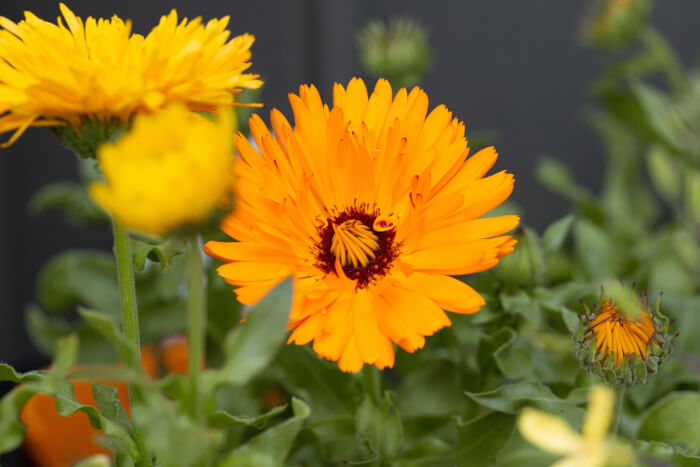 Source: Thespruce
Source: Thespruce
Calendula’s sunny orange blooms add cheer and serious pest protection. It’s known to deter aphids and whiteflies while bringing in bees for your crops.
Plant in a sunny bed with rich, loose soil and deadhead blooms to keep the flowers coming. You can even use the petals in homemade salves or soaps, thanks to their skin-soothing properties.
#7 Cosmos
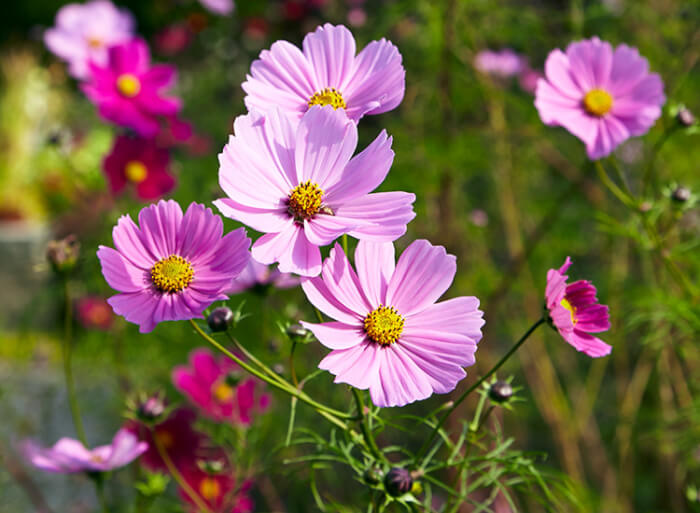 Source: Gardengatemagazine
Source: Gardengatemagazine
With soft petals in pink, white, and purple, cosmos are a dreamy addition to any garden. But don’t let their delicate look fool you, they help repel aphids and welcome in pollinators.
They thrive in poor soil and require little watering, making them a low-effort, high-reward flower. Sow seeds directly in the garden and watch them sway in the breeze all summer long.
#8 Marigolds
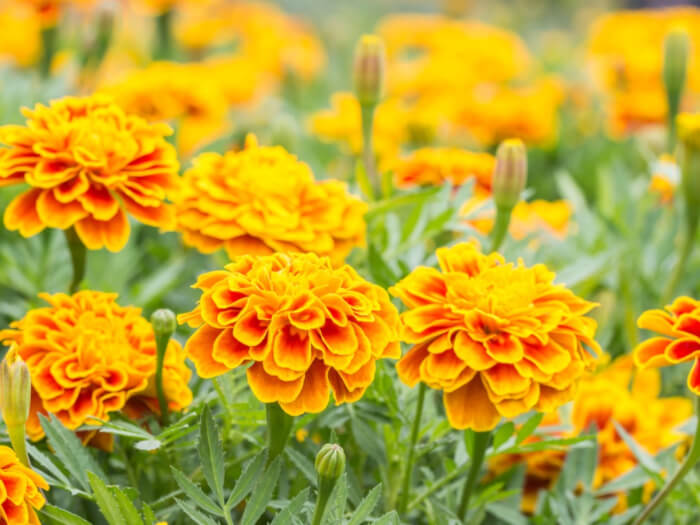 Source: Gardeningknowhow
Source: Gardeningknowhow
Marigolds are the ultimate garden guards. Their strong scent confuses pests like carrot flies and nematodes, making them a must-have for tomato beds.
Choose French or African varieties depending on your space. They bloom best in full sun with regular deadheading. You can even dry the petals for natural dyes or decorative crafts.
#9 Lupins
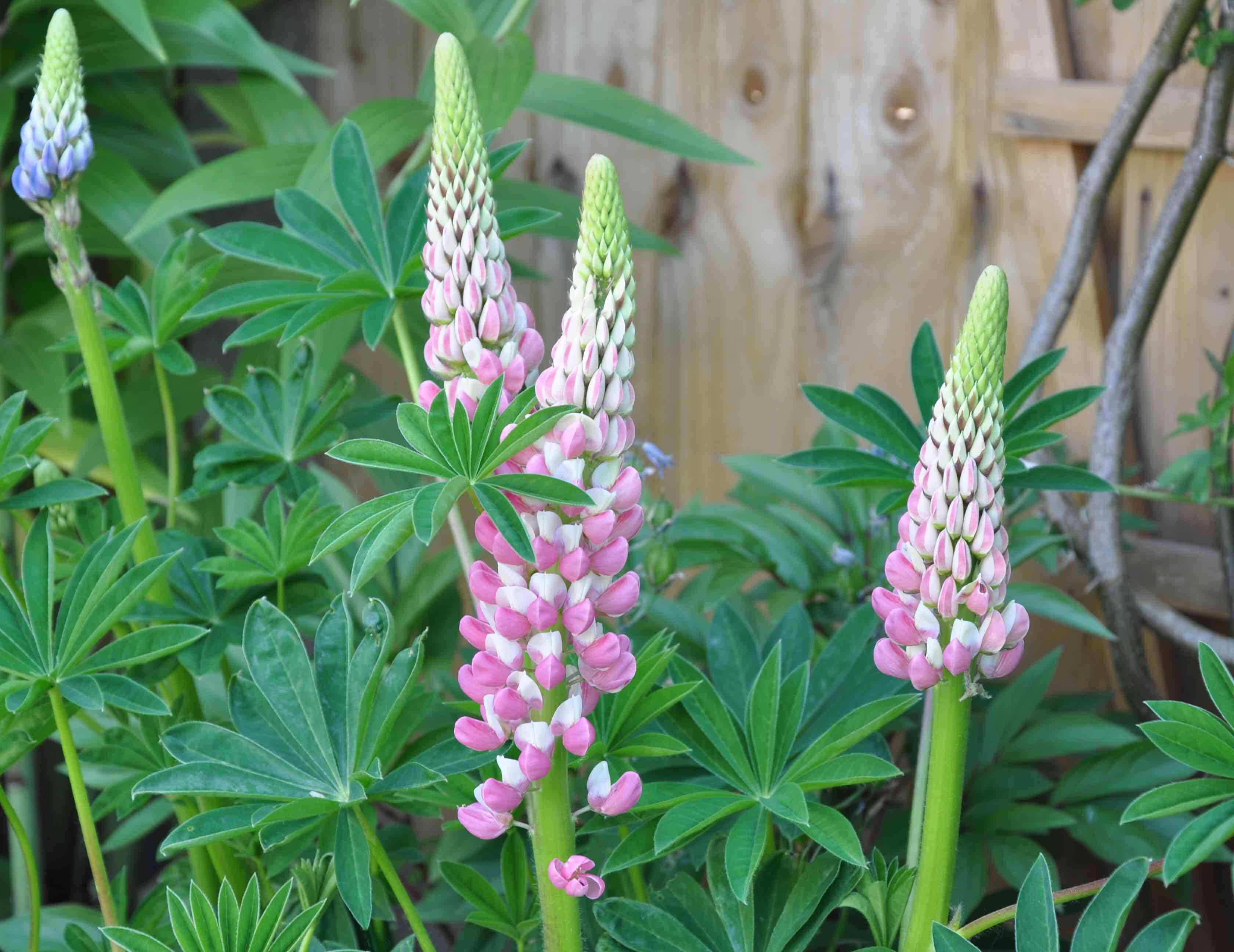 Source: Stihl
Source: Stihl
Lupins bring vertical drama and vibrant color, but their real magic lies underground. Their roots fix nitrogen, enriching the soil for heavy-feeding plants like corn or squash.
Plant them near needy veggies for a natural nutrient boost. They prefer cool weather and do well in partial sun. Watch them bring in bees with their tall spires of purple, blue, or pink.
#10 Borage
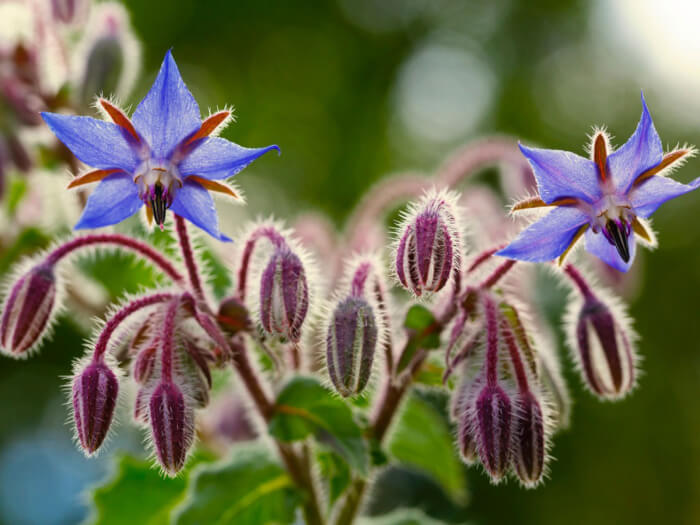 Source: Gardeningknowhow
Source: Gardeningknowhow
Borage can add color, flavor, and even help with pollination to your garden. It attracts bees and other beneficial pollinators.
Also, this flower can trap aphids while also making delicious fruit that birds love.
